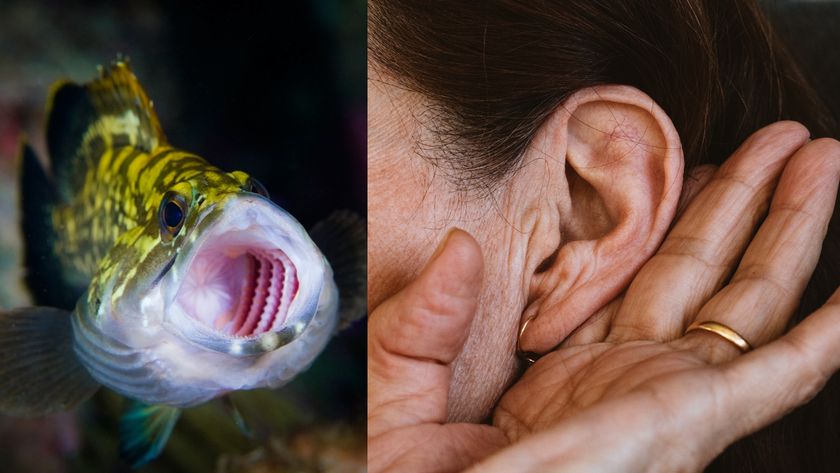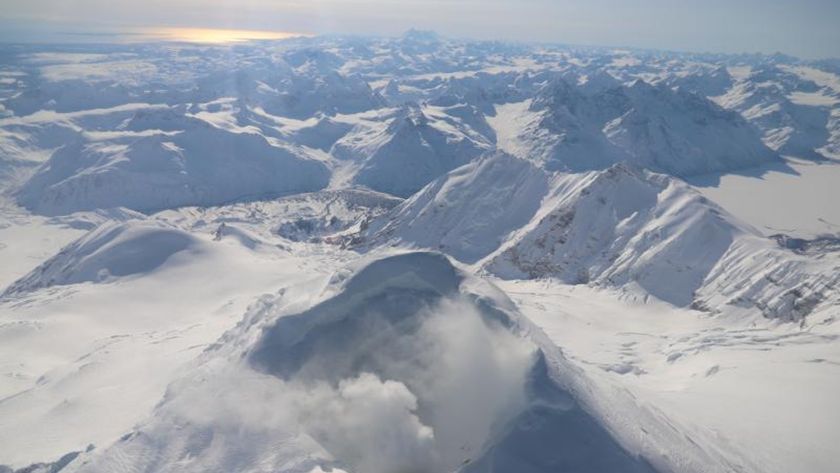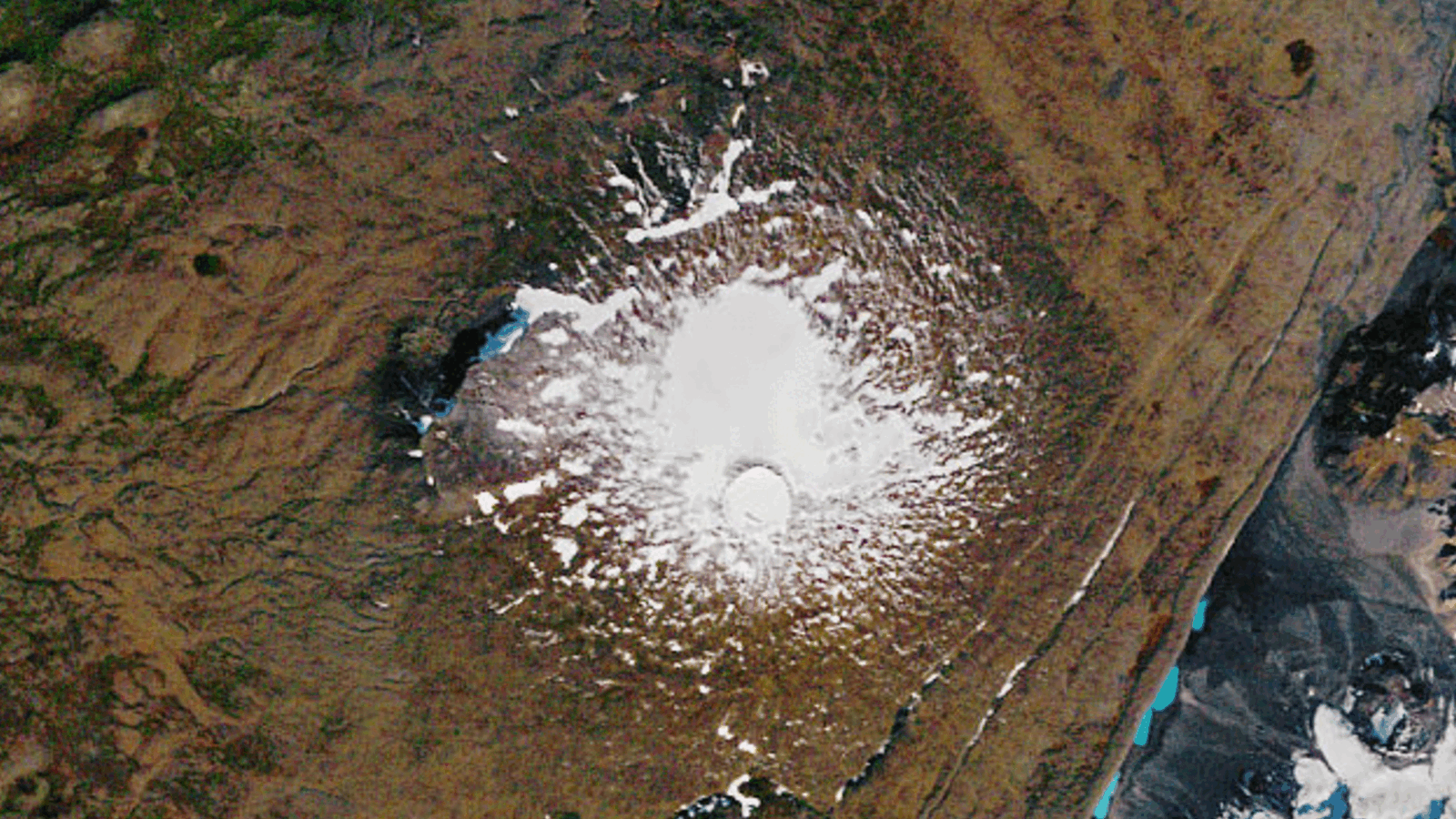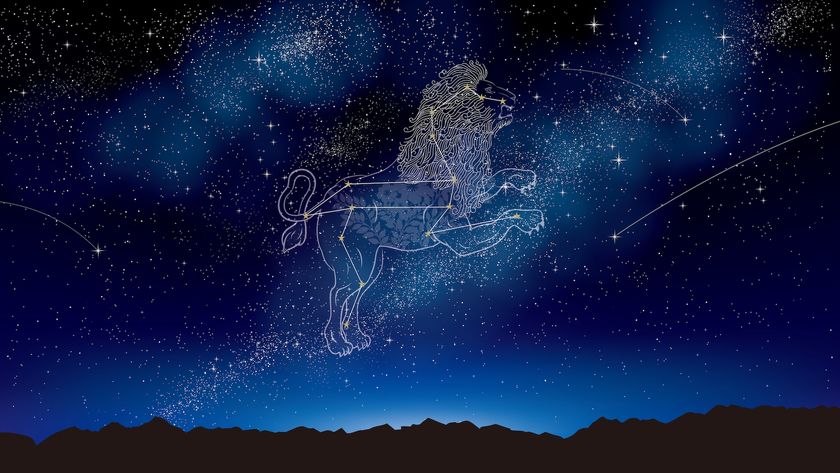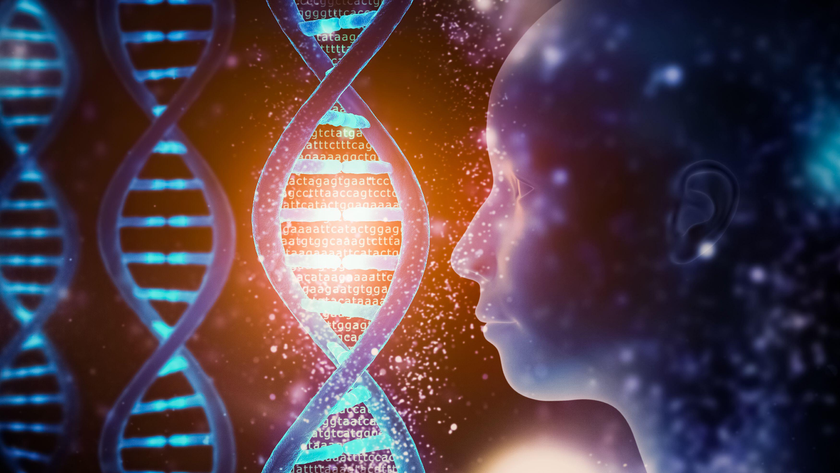How the Galapagos Islands Changed the World
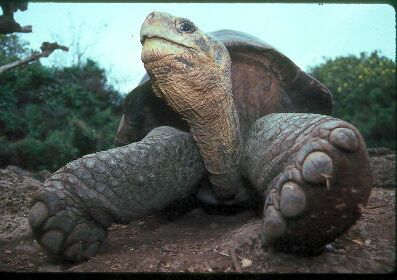
Each Monday, this column turns a page in history to explore the discoveries, events and people that continue to affect the history being made today.
Boobies and lava gulls and giant tortoises, oh my!
The Galapagos Islands host a faunal freak show of rare animal species endemic only to those volcanic specks isolated in the Pacific Ocean. While still very interesting to ecologists today, in the 19th century the life there proved key in Charles Darwin's seminal study on the evolution of species.
Darwin (and some of his colleagues) had suspicions about the nature of speciation in years' prior and solidified his theories in the years that followed, but it was the fantastic menagerie of the Galapagos that ultimately lit the fire under the theory of natural selection, which changed biology forever and fuels debates still today.
Isolated islands created unique species
When the young British naturalist landed in the Galapagos at San Cristobal Island in 1835, he compared the hot and dusty place to the infernos of hell, and mused at the strange animals that seemed unafraid of their new human visitors.
Indeed, most of the Galapagos wildlife had limited contact with humans and, therefore, no reason to be afraid.
Sign up for the Live Science daily newsletter now
Get the world’s most fascinating discoveries delivered straight to your inbox.
When the Galapagos were first spotted by humans in 1535, its animals had already spent thousands of years adapting and readapting to their island home. Located 500 miles off the western coast of South America, the unique conditions of the isolated islands created a variety of species unlike any others across the globe, differing slightly even from island to island. Giant tortoises, for example, grew so large there because their smaller ancestors that first swam over from the mainland no longer had predators to hide from, scientists think.
Darwin observed the giant tortoises (and, unfortunately, ate many of them), iguanas and sea lions on the Galapagos, but it was the enormous variety of birds on the islands that especially captured his attention. Eighty-five percent of Galapagos birds can't be found anywhere else, including the famous finches.
Beaks developed from natural selection
Thirteen species of finch are endemic to the Galapagos Islands, similar in look except for the distinct shapes and sizes of their beaks. The different beaks allow them to take advantage of the unique food sources of their particular island. Some eat like woodpeckers, others use sticks to dig insects out of holes, and still others are nourished by ticks and mites plucked from the backs of tortoises.
Over five weeks in 1835, Darwin made careful observations of the peculiar birds on each island, but did not have his great eureka! moment about evolution while on the Galapagos, contrary to popular belief.
It was only in 1839, after comparing his notes with fellow scientists, that Darwin's observations jelled into a theory with a name — natural selection. Each living thing that Darwin catalogued had adapted to its specific environment over many generations because its ancestor possessed characteristics favorable to its survival and the survival of its offspring, he supposed.
The idea that animals develop gradually from simpler to more complex organisms was not a new one — naturalists had proposed that theory in the late 18th century — but it was the "how" of this transformation that eluded scientists. Natural selection, as displayed in real time in the Galapagos Islands, connected the dots.
With the groundwork essentially laid, Darwin went about collecting evidence to support the then heretical notion that his observations in the Galapagos could be applied to all animals, including humans. It took 20 more years before he felt comfortable enough to publish his work in "The Origin of Species."
- Gallery: Darwin on Display
- What is a Theory?


